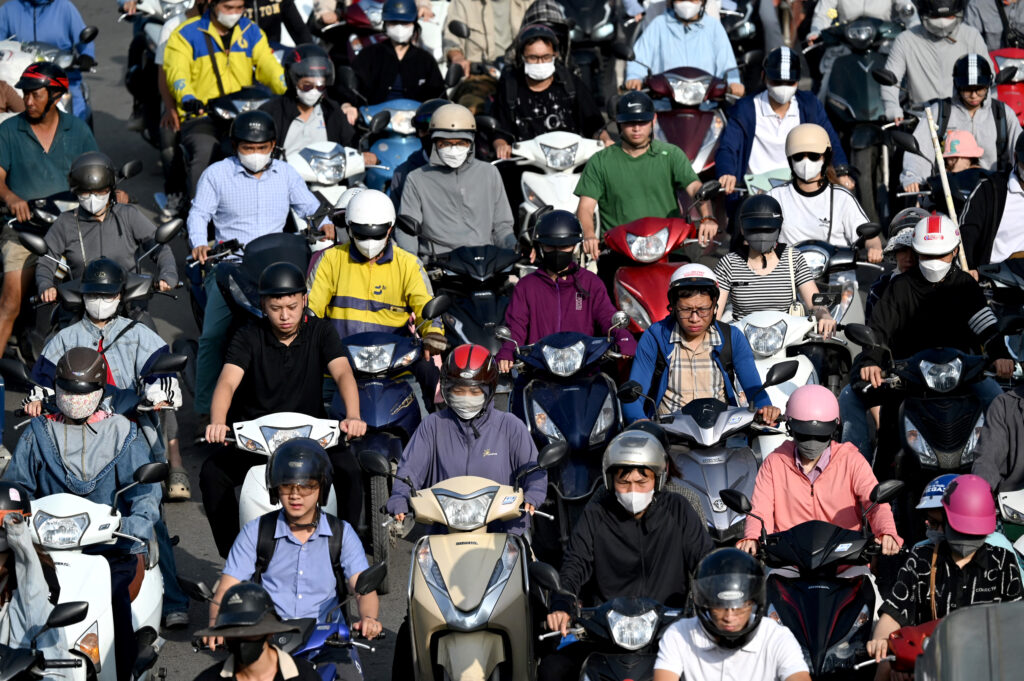Syrian govt says fighting in Sweida halted after tribal forces pull out
Fighting in Syria’s Sweida “halted” on Sunday, the government said, after the southern city was recaptured by Druze fighters and state forces redeployed to the region where more than 900 people have been killed in sectarian violence.Druze fighters had pushed out rival armed factions from the city on Saturday, a monitor said, after the government ordered a ceasefire following a US-brokered deal to avert further Israeli military intervention.Sweida was “evacuated of all tribal fighters, and clashes within the city’s neighbourhoods were halted”, Syria’s interior ministry spokesman Noureddine al-Baba said in a post on Telegram.Israel had bombed government forces in both Sweida and Damascus earlier this week to force their withdrawal after they were accused of summary executions and other abuses against Druze civilians during their brief deployment in the southern province.More than 900 people have been killed in Sweida since last Sunday as sectarian clashes between the Druze and Bedouin drew in the Islamist-led government, Israel and armed tribes from other parts of Syria.Earlier Saturday, an AFP correspondent saw dozens of torched homes and vehicles and armed men setting fire to shops after looting them.But in the evening, Bassem Fakhr, spokesman for the Men of Dignity, one of the two largest Druze armed groups, told AFP there was “no Bedouin presence in the city”.The Syrian Observatory for Human Rights monitor also said “tribal fighters withdrew from Sweida city on Saturday evening” after Druze fighters launched a large-scale attack.Fighting nonetheless persisted in other parts of Sweida province, even as the Druze regained control of their city following days of fierce battle with armed Bedouin supported by tribal gunmen from other parts of Syria.- Israel sceptical -The deal between the Islamist-government and Israel had been announced by Washington early Saturday.US pointman on Syria Tom Barrack said interim President Ahmed al-Sharaa and Israeli Prime Minister Benjamin Netanyahu “have agreed to a ceasefire” negotiated by the United States.US Secretary of State Marco Rubio later called on the Syrian government’s security forces to prevent jihadists from entering and “carrying out massacres”, in a post on X.He also urged the Syrian government to “hold accountable and bring to justice anyone guilty of atrocities including those in their own ranks”.Barrack, who is the US ambassador to Ankara, said the deal had the backing of Turkey, a key supporter of Sharaa, as well as neighbouring Jordan.”We call upon Druze, Bedouins and Sunnis to put down their weapons and together with other minorities build a new and united Syrian identity in peace and prosperity with its neighbours,” he wrote on X.Barrack later held a meeting in Amman with the Syrian and Jordanian top diplomats, during which they “agreed on practical steps to support Syria in implementing the agreement”, the US envoy said in a later post on X.The US administration, which alongside Turkey and Saudi Arabia has forged ties with the Islamist president despite his past links with Al-Qaeda, was critical of its Israeli ally’s recent air strikes on Syria and had sought a way out for Sharaa’s government.Sharaa followed up on the US announcement with a televised speech in which he announced an immediate ceasefire in Sweida and renewed his pledge to protect Syria’s ethnic and religious minorities.”The Syrian state is committed to protecting all minorities and communities in the country… We condemn all crimes committed” in Sweida, he said. The president paid tribute to the “important role played by the United States, which again showed its support for Syria in these difficult circumstances and its concern for the country’s stability”.But Israel expressed deep scepticism about Sharaa’s renewed pledge to protect minorities, pointing to deadly violence against Alawites as well as Druze since he led the overthrow of longtime leader Bashar al-Assad in December.In Sharaa’s Syria “it is very dangerous to be a member of a minority — Kurd, Druze, Alawite or Christian”, Foreign Minister Gideon Saar posted on X.- Humanitarian corridors -The Syrian Observatory for Human Rights, a Britain-based war monitor, said at least 940 people had been killed in the violence since Sunday.They included 326 Druze fighters and 262 Druze civilians, 165 of whom were summarily executed, according to the Observatory.They also included 312 government security personnel and 21 Sunni Bedouin, three of them civilians who were “summarily executed by Druze fighters”.Another 15 government troops were killed in Israeli strikes, the Observatory said.Syria’s Information Minister Hamza al-Mustafa on Saturday evening said that after the first phase of the ceasefire, which began on Saturday and involved the deployment of security forces to the province, a second phase would see the opening of humanitarian corridors.According to the United Nations, the fighting has displaced least 87,000 people.burs-kir/lg/jsa/tc/mtp







